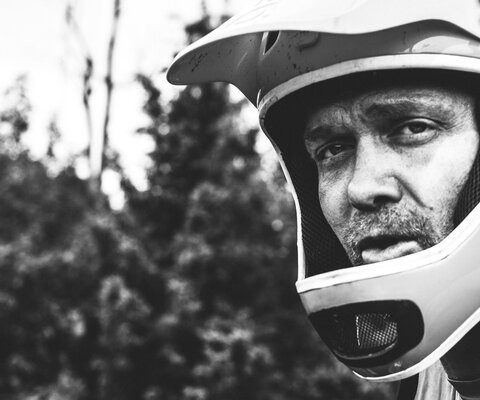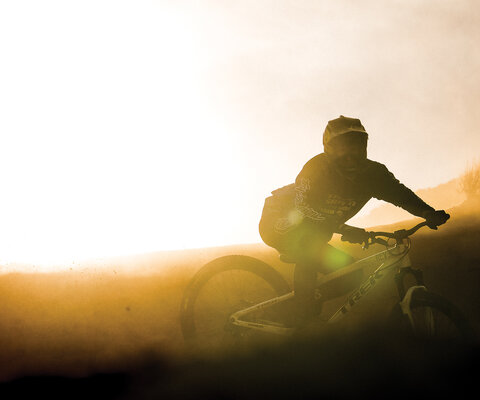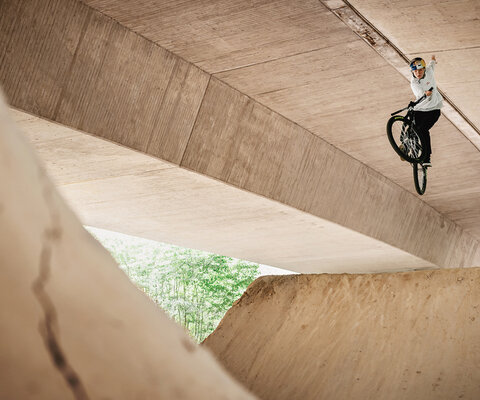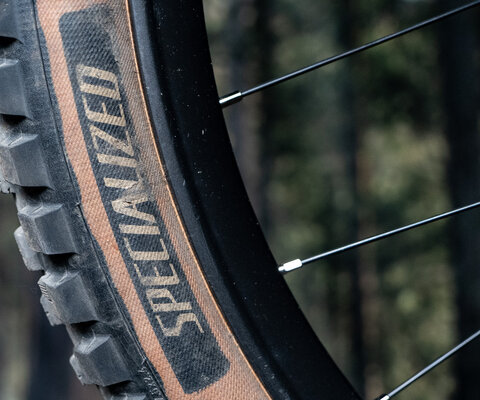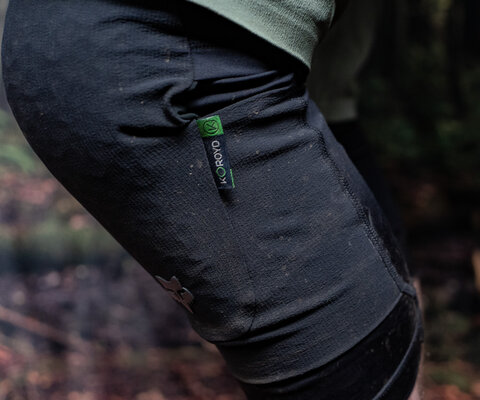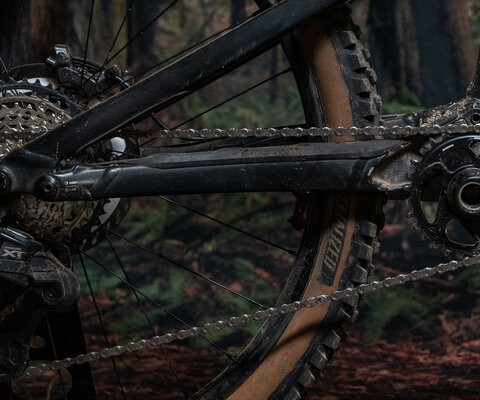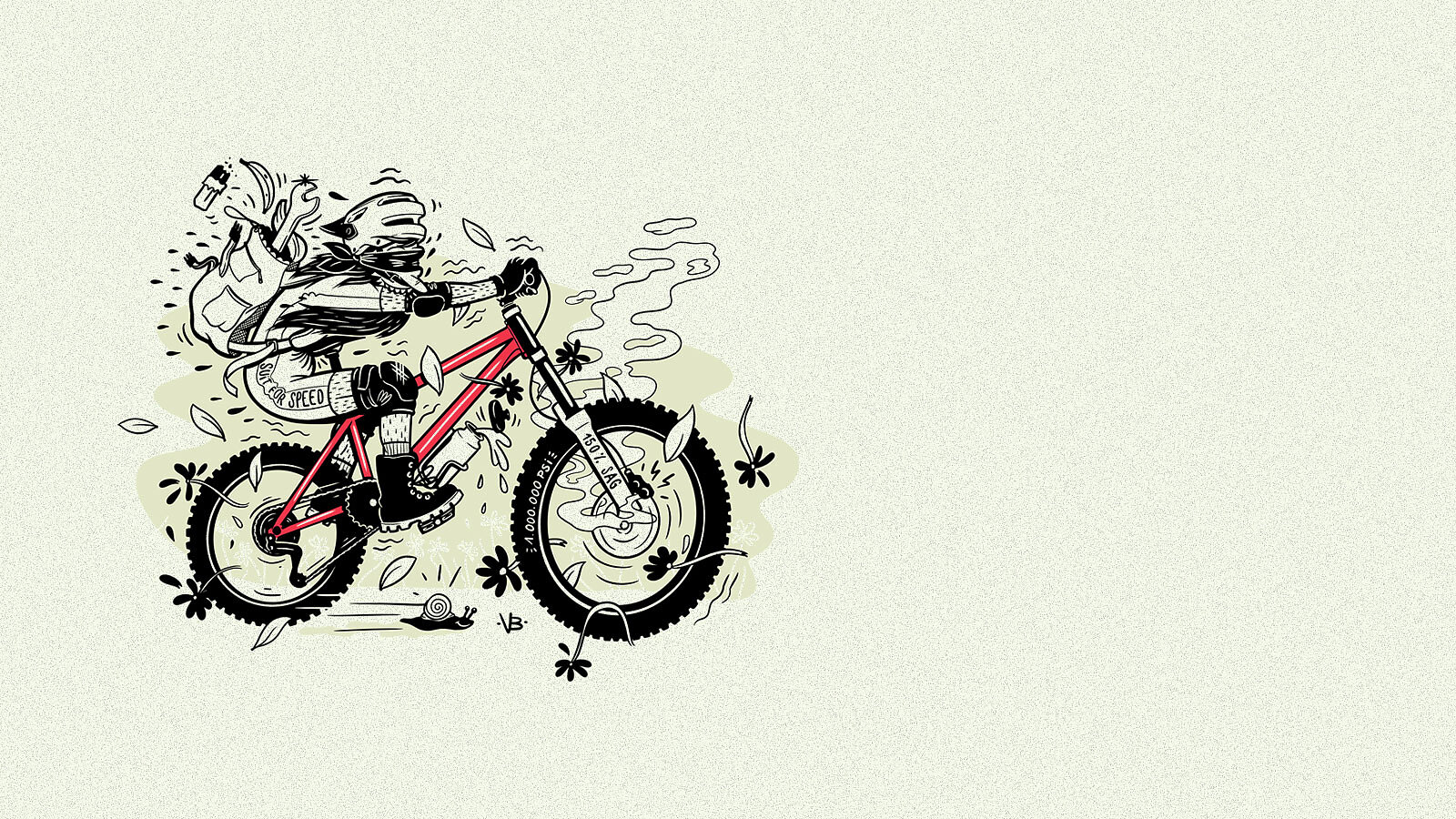
Know Before You Ride Trail Etiquette in the Covid Era
Words by Brice Minnigh | Photos by Victor Brousseaud
Words by Brice Minnigh / Illustration by Victor Brousseaud
A good friend of ours recently took a road trip to Utah with several buddies in search of sunshine and some of that celebrated slickrock goodness.
After months of COVID-19-induced isolation and a sustained stretch of Pacific Northwest gloom, the crew was understandably ecstatic to arrive in the open desert and ride bikes under sunny skies.
For riders accustomed to the greasy rock rolls of a Bellingham winter, the unparalleled traction of the Moab-area sandstone was mind-blowing. It seemed they could ride anything, at any speed, with few consequences. Though they noticed the painted arrows blazed onto the sandstone at regular intervals—clear signs of a designated route—some chose to ignore them in favor of myriad other lines that proved irresistible. The many ancient, wind-sculpted bowls were perfect for wallrides, and even the steepest of rock rolls simply begged to be dropped.
As they approached a juncture with another trail, one member of the group decided to go way offline, charging into a steep rock roll and fishtailing his way through a crispy layer of black crust coating the sandstone surface. He cleaned it with ease, bottoming out at the trail junction and whooping triumphantly at a horrified cluster of local riders gathered around the trailhead sign.
“Uh, dude,” one of them said in palpable annoyance. “You’re not supposed to ride off trail here. You just skidded through thousands of years of crypto, bro.”
Crypto? Yes, crypto, also known as cryptobiotic soil crust: A fragile biological formation of bacteria, microfungi, algae, mosses and lichens that join soil particles together and help prevent the type of erosion that could, over time, turn the American Southwest into a shifting-sands desert like the Sahara. Such crypto is extremely delicate and, when stepped upon or rolled over by a tire, can be uprooted or destroyed— damage that could take decades or even hundreds of years for nature to restore.
Most mountain bikers in the Southwest are acutely aware of this issue, but it might not be obvious to visitors from afar. We’ve all been there at some point; inadvertently violating some cardinal local rule out of sheer ignorance. Yet there are ways to avoid this, while also helping to spread the goodwill that the now-global mountain bike family typically exemplifies.
Of course, refraining from riding off trail should be a given. But there are many other ways to ensure you’re being a responsible rider while traveling. An ideal place to start is by doing some good old-fashioned research before you go: Read about the region you’re planning to visit by checking out the websites of local trail advocacy groups and bike shops. In this day and age, you’re only one Google search from having these resources at your fingertips.
The use of trail-mapping apps has become increasingly reliable, and can yield indispensable information about seasonal conditions, trail damage and even closures. Despite this, we at Freehub still believe in the importance of locally sourced information, and the first place many of us stop when we roll into a new town is the bike shop—a sacred venue for much more than parts and repairs, but for the exchange of essential trail information, community bonding, and, for the visiting rider, a chance to make new friends.
We couldn’t possibly count the number of times we’ve hobbled into a bike shop after a long drive, only to be welcomed by the staff and given up-to-date guidance on trails that suited our riding preferences and current weather conditions. At times, we’ve been invited to join small group rides and even taken for off-the-record tours of under-the-radar yet legal trails. Even if we didn’t find a fast friend, we were still likely to get reliable trail information and some advice on where to get the best burrito, margarita or craft beer in town.
On or off the trail, friendliness with other riders is immeasurably important, especially during an era in which mountain biking is growing at exponential levels. As with most things in life, the Golden Rule—treat others as you wish to be treated— is an equitable rule of thumb for riders, and smiles go a long way toward instilling mutual respect. Imagine how you’d feel if a total stranger blew past you on a trail that you’d spent years building? Then imagine how you’d feel if that same stranger yielded the right-of-way in a beautiful berm that you’d built and told you just how incredible the trail is?
The old adage, “leave no trace,” is next to impossible for mountain bikers. Sure, we all know to pack our trash out of the woods, but our tires inevitably have an impact on every trail we ride. And that’s why trailbuilding and maintenance is as important to mountain bikers as watering plants is to a gardener. While joining your local trail advocacy group is essential to being a valuable part of your community, why not think beyond your home turf and consider yourself a mobile trail steward?
Trail maintenance days are becoming more common in every community. You’re likely to stumble on one while you’re traveling to experience new trails. What would happen if you stopped to pick up a shovel and spent an hour or two packing in a berm or digging out a drainage channel with people you’ve never met? Chances are, you’ll make some new friends—and keep the trail of positivity flowing.
For more on Trail Etiquette check out the other stories in the series.
For more on Trail Etiquette check out the other stories in the series.
For more on Trail Etiquette check out the other stories in the series.
